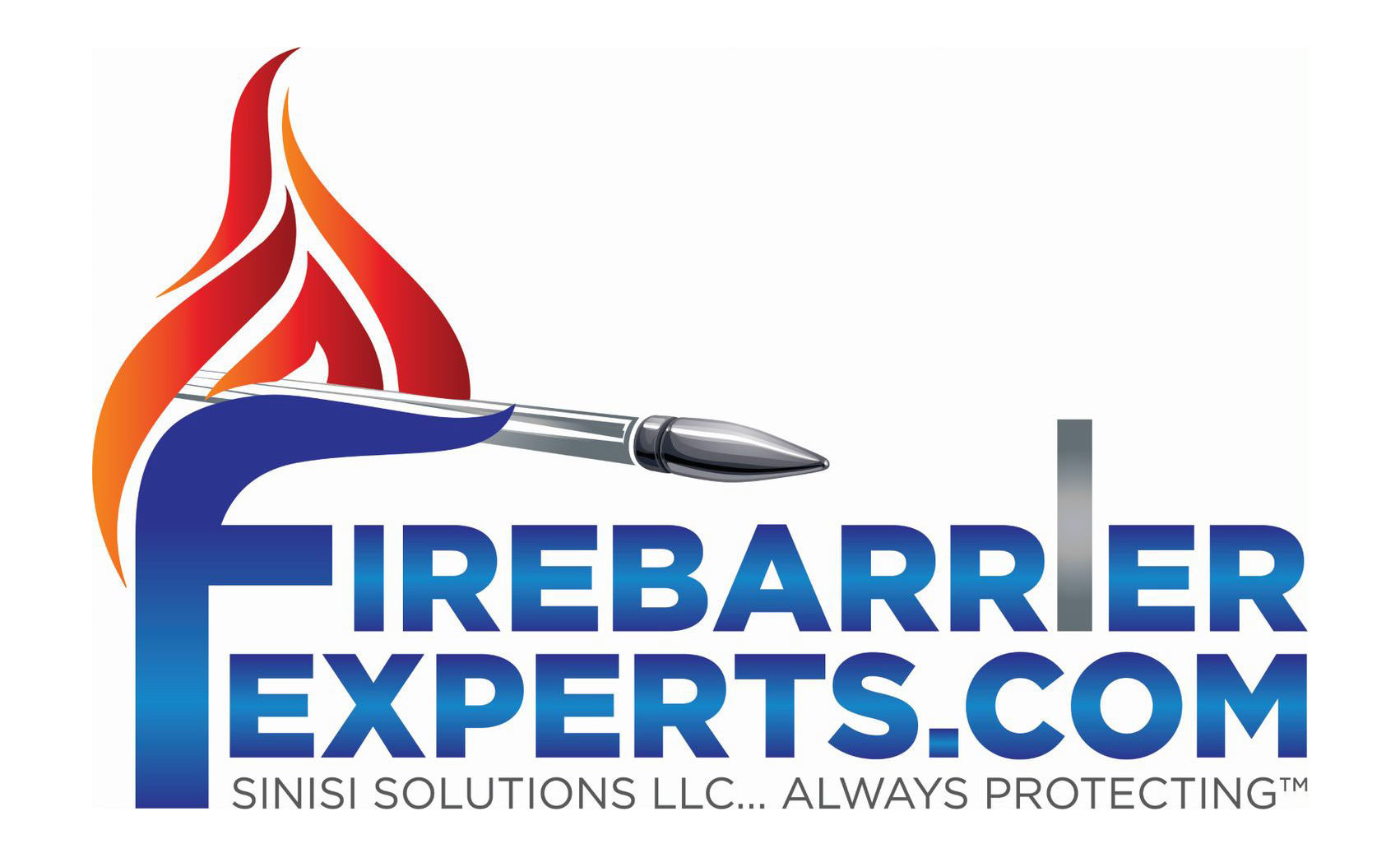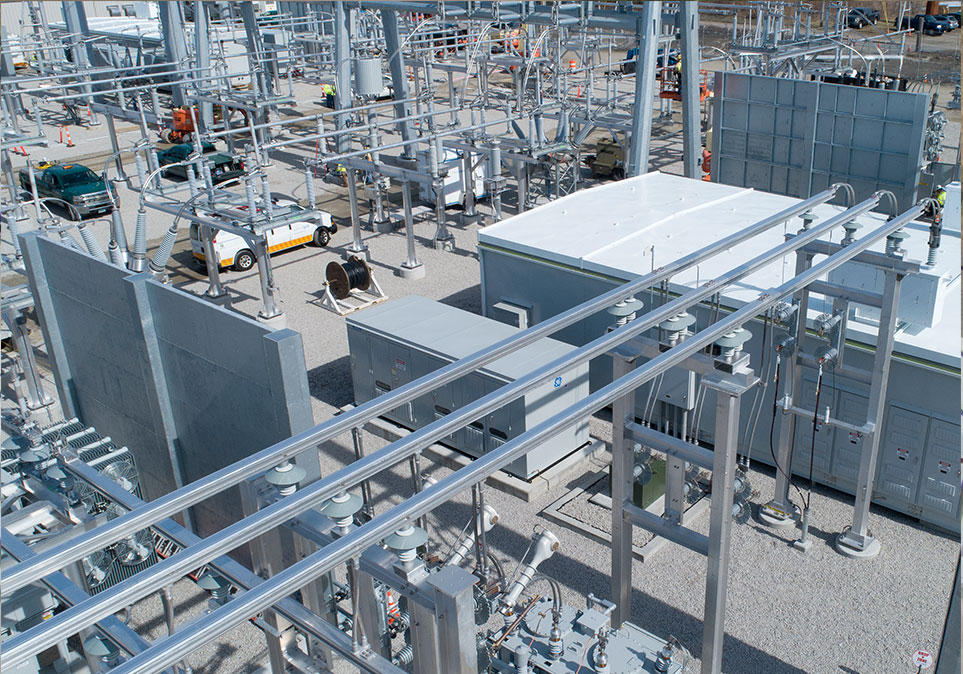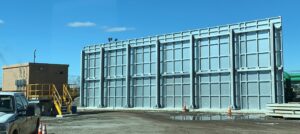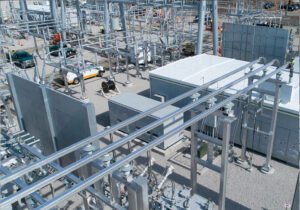Fire is an overwhelming terror. On seeing one, a person’s first reaction is to run for safety. A burnt factory means thousands, if not millions, of dollars lost. Protective wrap systems and firewall systems are critical to infrastructure protection, especially in areas prone to high fire hazards or involving high-power equipment. These systems are designed to stop the spread of fire by containing it at its source in case of an accident.
Most people don’t expect their business to catch fire, as it’s something they think happens rarely. However, it’s crucial to understand how to protect your factory against fire hazards. Read on to learn the key differences in fire-rated wall assemblies, and how fire barriers and firewalls play a role in ensuring safety.
What is a Fire-Rated Wall?
A fire-rated wall is an assembly of materials tested to withstand a fire’s effects. The wall must be tested following NFPA 101, the National Fire Protection Association’s Standard for Fire Testing of Building Construction and Materials. NFPA 101 is a widely used standard that tests the fire-resistance ratings of construction materials, ensuring that they can withstand heat and flame for a specified period. Fire-rated walls are integral in stopping the spread of fire and protecting valuable assets and people.
What is a Fire Barrier?
A fire barrier is a protective structure designed to separate different parts of a building or factory and prevent the spread of fire. It typically offers a fire-resistance rating ranging from one to four hours, depending on its location and use. Fire barriers are often used in high-risk environments, such as power plants or chemical factories, to protect critical areas from fire damage.
Fire barriers are usually constructed from materials such as concrete, steel, or ceramic fiber composites. They are essential in slowing the spread of fire and providing additional time for evacuation or firefighting efforts. Fire barriers work in tandem with other fire protection systems like sprinklers, alarms, and smoke detectors. Every supporting element of the fire barrier, such as roofs and columns, must have an equal or greater fire-resistance rating to ensure the barrier performs its intended function.
What is a Fire Wall?
A firewall is a more restrictive version of a fire barrier, designed specifically to withstand the intense impact of fire and prevent it from spreading between large spaces, especially in industrial settings. Firewalls are typically made from non-combustible materials like concrete and are often used in factories where there is a risk of fire spreading between interior and exterior walls.
Firewalls are usually much thicker than standard walls, with a typical fire-resistance rating of 3 to 4 hours. These walls are designed to prevent the structural collapse of a building by halting the spread of fire. The firewall must extend from the ground floor to 30 inches above the roofline horizontally, ensuring that the fire does not travel between floors or through external walls. In some cases, additional lateral support, such as buttresses, may be required.
What is a Smoke Barrier?
Smoke barriers are vital in reducing the spread of fire and smoke within buildings, particularly in large industrial environments like power plants. Unlike fire barriers, which provide a one-hour protection rating, smoke barriers only require a 20-minute opening protection assembly. Smoke barriers work by preventing smoke from traveling between spaces, ensuring that dangerous fumes don’t fill areas where workers may still be located.
Smoke barriers are usually made from inexpensive materials like aluminum or steel, which, although effective at containing smoke, may not offer as much fire protection as other options. These barriers are installed between walls or on either side of windows or doors to block the passage of smoke. According to the IBC, any air ducts or dead spaces within the building should also be sealed and included as part of the smoke barrier.
What is a Fire Partition?
Fire partitions are the least restrictive of the fire-resistant wall assemblies. They are typically used to divide spaces within buildings, often in non-critical areas where the risk of fire is lower. Fire partitions are often constructed from steel, glass, or other lightweight materials, and they can be used to create temporary barriers or functional spaces. While fire partitions provide some level of fire protection, they are not designed to completely prevent the spread of fire in the way firewalls or fire barriers do.
Partitions are essential in managing fire risks within certain areas by containing fire and gases temporarily. Their fire-resistance ratings are generally lower, ranging from E30 to E1240, depending on the material and building codes.
Difference Between Fire Barrier and Fire Partition
While both fire barriers and fire partitions are designed to contain the spread of fire, they differ in their levels of protection and usage. A fire barrier typically offers a higher fire-resistance rating (ranging from 1 to 4 hours) and is used in high-risk areas, such as chemical or power plants, to completely separate areas and prevent fire from spreading.
Fire partitions, on the other hand, are less restrictive and are often used in non-critical spaces, providing only a minimal level of protection. Fire partitions may not be designed to fully prevent fire from spreading but rather to create smaller, functional spaces within a building. The fire-resistance ratings of partitions are typically lower than those of barriers, making them suitable for areas with a reduced fire risk.
Which Type of Walls Act as Barriers to Fire Spread?
Several types of walls can act as barriers to fire spread, each with different fire-resistance ratings and specific purposes. Fire barriers are a common example, designed to separate areas in high-risk environments such as chemical or power plants. They can be made from steel, concrete, or other fire-resistant materials and are crucial for containing fires within specific zones.
Firewalls also serve as fire barriers but offer a higher level of protection, typically installed in industrial environments to prevent the spread of fire across large areas. Additionally, fire partitions, though less restrictive, can provide some level of fire protection by creating separated spaces within a building. Smoke barriers and fire-rated assemblies also play a role in preventing fire and smoke from spreading through open spaces in buildings.
What is the Minimum Fire Resistance Rating for a Fire Partition?
The minimum fire resistance rating for a fire partition depends on local building codes and the type of building where it is installed. According to the International Building Code (IBC), fire partitions generally require a minimum fire-resistance rating of 1 hour. This rating indicates that the partition can withstand exposure to fire for at least one hour before it begins to fail.
In some cases, this rating may be lower or higher based on the specific area or materials involved. For example, fire partitions used in corridors or tenant separation walls often have this 1-hour rating to slow the fire’s spread and allow occupants more time to evacuate.
What is the Difference Between a Fire Wall and a Fire Barrier?
Firewalls and fire barriers are two different assemblies used to protect structures against fire. Both provide structural support and protection, and both can provide a measure of fire resistance.
Firewalls are exterior walls made of concrete or steel and are used in masonry and wood-frame buildings. They consist of horizontal layers of fire-resistant material between vertical supports. Firewalls separated by openings such as doors and windows provide adequate ventilation. They have the highest fire-resistance rating and are designed to withstand extreme fire conditions for extended periods.
Fire barriers, on the other hand, consist of continuous layers of fire-resistant material designed to prevent heat from penetrating through openings in the barrier’s surface. They have a lower fire-resistance rating than firewalls and are typically used in the interior walls of buildings. Fire barriers are crucial at points where there is a passage through a wall assembly, such as stair landings or doorways, to slow down the fire’s spread.
It is essential to ensure that firewalls and barriers are maintained according to IBC or NFPA standards to protect workers and property. Damaged walls can allow fire to penetrate, putting lives and assets at risk.
Final Words
The biggest difference between firewalls and fire barriers is their intended purpose. To prevent fire from spreading within your factory, make sure you conduct as few penetrations through firewalls as possible. Additionally, define the function of your firewall before construction begins to ensure it operates as expected in the event of a fire.
If you need expert assistance in protecting your infrastructure from fire, visit us at firebarrierexperts.com.
Sinisi Solutions
75 Main St, Manasquan, NJ 08736
732-232-2100




